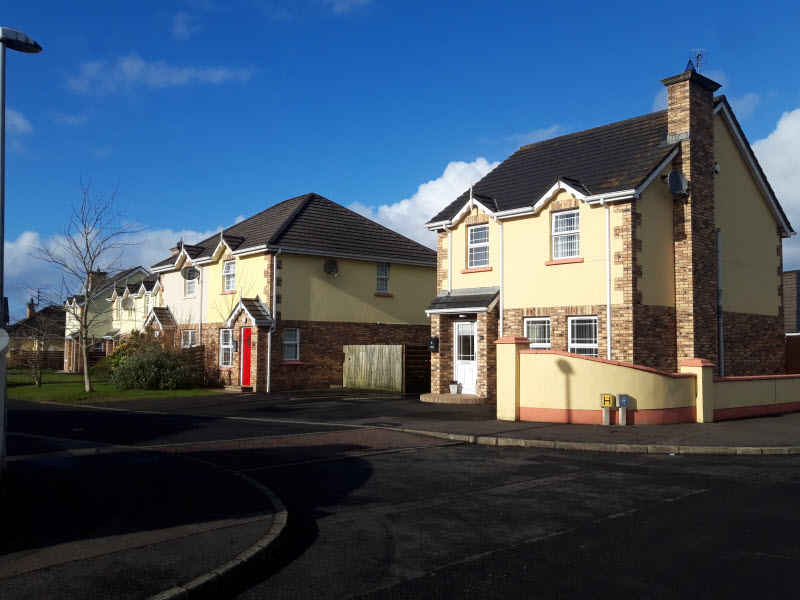
This article explains how insulating the external walls of a domestic property can help improve the energy efficiency of that building. Inputs come from experts working with EPC4Less, a company that provides Energy Performance Certificates in Belfast in Northern Ireland.
Cavity Wall
Houses were built with cavity walls in Belfast from the late 1920s and early 1930s. Before the introduction of cavity walls, houses in Belfast had walls made up of solid stones or bricks. The concept of cavity walls had one outer wall and another inner wall, separated by a distance filled with air. The outer wall is referred to as the outer brick leaf or face brick. The inner wall is called the inner block leaf or masonry wall. The cavity between these two walls is filled with air to provide solidity to the structure.
Insulation for Cavity Walls
Building regulations in Belfast did not regulate the insulation of cavity walls until 1980. All the houses that were built since the introduction of cavity walls in the early 1930s until 1980 had no insulation injected in the cavity between the outer and inner walls.
The method of insulating the already constructed homes involves drilling holes throughout the entire outer wall perimeter. The diameter of these holes is approximately around 25mm, closely equivalent to the size of a 20p coin. A mixture of water-based adhesive and polyester beads was pumped through these holes to fill up the cavity entirely. Once the cavity is filled completely with the mixture, the holes were closed again with the same material with which the outer wall is built.
Insulation for Cavity Walls Post 1980
After Building Control Standards in Northern Ireland made it mandatory to insulate the cavity walls, a new method involving more improvised materials was introduced. The material used for insulating cavity walls of properties built after 1980 includes Polystyrene Granules, Kingspan Foam Blocks, Polyurethane Foam, or Mineral Fiber Wool. The wall cavity is filled using these materials for better insulation. With time, the use of Rigid Kingspan Insulation Boards and Mineral Fiber Wool became popular across Northern Ireland.
How Cavity Insulation Impacts the Energy Performance Rating
The impact of insulated cavity walls on a house’s energy performance rating mainly depends on the perimeter of the outer wall. Approximately 35 percent of heat loss can happen through the external walls of a house. Depending on the size of the external walls, the insulation will increase the Energy Performance Certificate (EPC) rating by 5 to 10 points. For a house with a larger perimeter of the outer wall, the impact of insulation on the EPC will be greater.
However, the impact on the EPC will be lower for mid-terrace houses. These houses, often with a dwelling on either side, leave a smaller perimeter for heat loss. On the other hand, detached houses have a heat loss perimeter long enough for the cavity wall insulation to have an impact on.
To get receive a quote for an Energy Performance Certificate search for epc4less, Belfast’s main Domestic Energy Assessors.




